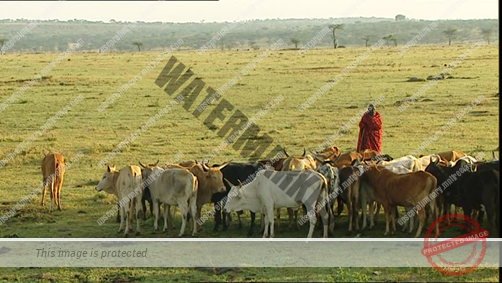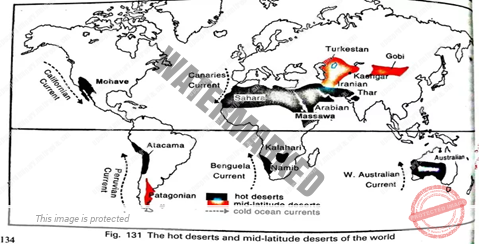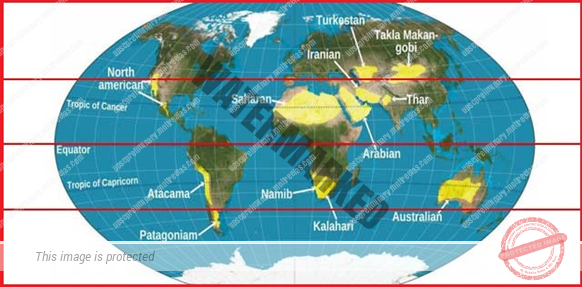- THE HOT DESERT AND MIN-LATTUDE DESERT CLIMATE
UNIT 4 – CLIMATOLOGY – PART 34
FARMING
- Droughts are long due to unreliable rainfall.
- Political instability hinders the development of agricultural infrastructure.
- The Sudan Climate, with distinct wet-and-dry periods is also responsible for the rapid deterioration of soil fertility.
- During the rainy season, torrential downpours of heavy rain cause leaching of nitrates, phosphates and potash.
- During the dry season, intense heating and evaporation dry up most of the water.
- Many savanna areas therefore have poor lateritic soils which are incapable of supporting good crops.
CATTLE REARING
- The savanna is said to be the natural cattle country and many of the native people are pastoralists.
- But the quality of grass doesn’t support large scale ranching.
- Grasses here are no match to nutritious and soft grasses of temperate grasslands.
- The cattle varieties are also poor and yield little meat or milk.
- The export of either beef or milk from the tropical grasslands is so far not important.
- Few regions progressed with the adaptation of science and technology. Queensland has become Australia’s largest cattle producing state. Both meat and milk are exported.
THE HOT DESERT AND MID-LATITUDE DESERT CLIMATES
- Deserts are regions of scanty rainfall which may be hot like the hot deserts of the Saharan type or temperate as are the mid-latitude deserts like the Gobi.
- The major hot deserts of the world are located on the western coasts of continents between latitudes 15º and 30ºN and S.
- They include the Sahara Desert, the largest single stretch of desert, which is 3,200 miles from east to west and at least 1,000 miles wide.
- The next biggest desert is the Great Australian Desert which covers almost half of the continent.
- The other hot deserts are the Arabian Desert, Iranian Desert. Thar Desert, Kalahari and Namib Deserts.
- In North America, the desert extends from Mexico to USA and is called by different names at different places, e.g., the Mohave Sonoran, Californian and Mexican Deserts.
- In South America, the Atacama or Peruvian Desert is the driest of all deserts with less than 0.5 inches of rainfall annually.
- The Patagonian Desert is more due to its ran shadow position on the leeward side of the lofty Andes than to continentality.
- continentality or rain-shadow effect. [Gobi Desert is formed due to continentality and Patagonian Desert due to rain-shadow effect].
CLIMATE
- The hot deserts lie astride the Horse Latitudes or the Sub Tropical High-Pressure Belts where the air is descending, a condition least favourable for precipitation of any kind to take place.
- The relative humidity is extremely low, decreasing from 60 per cent in coastal districts to less than 30 per cent in the desert interiors.
- Rain normally occurs as violent thunderstorms of the convectional type.
- The deserts are some of the hottest spots on earth and have high temperatures throughout the year.
- There is no cold season in the hot deserts and the average summer temperature is around 86ºF.
- The highest shade temperature recorded is 136ºF on the 13 September 1922 at Al Azizia, 25 miles south of Tripoli, Libya, in the Sahara.
- The annual range is 44ºF.
- The diurnal range of temperature in the deserts is very great.



[pvc_stats postid="" increase="0" show_views_today="1"]
